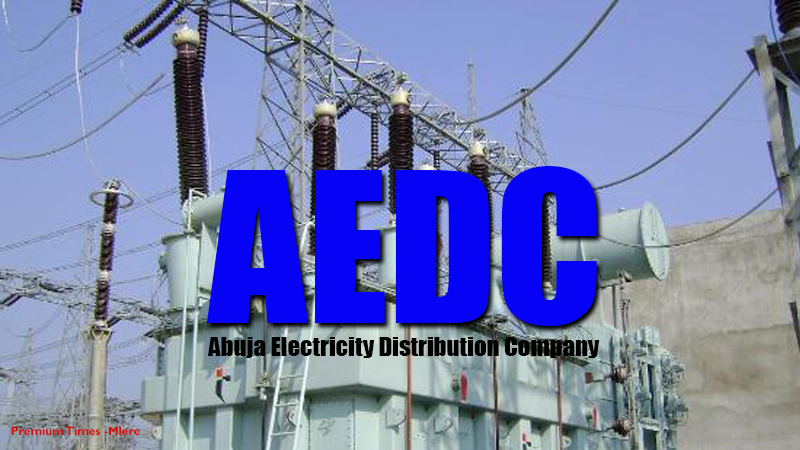The Abuja Electricity Distribution Company (AEDC) on Monday, inaugurated a set of newly acquired electricity distribution network fault detecting technical equipment, valued at N200 million.
The equipment were designed to easily detect faulty underground cables and improve service delivery for customers in its franchise areas.
The Managing Director of AEDC, Mr Ernest Mupwaya, said that the provision of the technological driven equipment was a critical milestone in the transformation journey of the company.
He said one of the strategic objectives of the company was to improve its internal capability by transforming the method of doing business.
This, he said had resulted in the re-engineering and modifying of 127 processes of doing business.
He said the equipment would also help in the protection of lives and property by helping to detect and remedy faulty electrical installations undergrounds.
He said the procurement of the equipment became necessary, given the challenges encountered by its engineers AEDC in detecting faulty underground cables, especially in the FCT.
“One of the challenges, we have faced over the years, especially in the FCT is that distribution network is underground.
“ When there is a cable fault, it takes a lot of hours, even days to detect and fix.
“It is so frustrating for our engineers, who are ready to provide the service but with this equipment, the situation has changed drastically. “
He said the equipment, which comprised of various categories could easily detect a fault in an underground installation within 30mins of deploying the technology.
“You could locate a faulty cable underground and the rest of the work is within the control of our engineers, the work of excavating and repair will be concluded within a short time,“ Mupwaya said.
He said the company had also procured infrared cameras for scanning distribution network to detect fault.
The AEDC boss said the organisation had also provided power quality analyser technology equipment to check technical parameter on the quality of power supply to customers.
The equipment he said were, low voltage, high voltage and also view electricity supply.
“We have other innovative technologies such as infrared cameras, these are quite expensive equipment, we use to foresee the emergence of a hotspot.
“A hotspot is a fault that wants to manifest, now if we can see it in advance and take out the line and prevent it from manifesting, then, we are taken proactive steps to avoid prolonged outages.
“If we are able to locate a fault in a very short time, we can then control the time for our repairs within hours as opposed to the ugly situation we faced before.
“ Where in some instances we could take several days which is frustrating both to customers and our engineers.
“ But now with this equipment, customers on their side will start seeing shorter time of resolution of faults and also minimisation of faults on distribution lines and transformers.
The AEDC boss said that the company had also provided equipment to monitor and detect meter bypassing, especially for the Maximum Demand customers (Large Customers).
“`There are several equipment, even the customers who are metered complain that the meter is running fast.
“So we now have portable meters which we can use for testing, we can hook them with an existing meter, within few minutes, we can detect weather our meter is faulty or not.
“That equipment can also be used to make corrections where customers believe that estimated billing is high.
Prof .Frank Okafor, Commissioner for Engineering Performance and Monitoring, Nigerian Electricity Regulatory Commission (NERC), commended AEDC for providing the equipment.
He said AEDC had taken the lead among other DISCOs to provide the right technology for improved service to its customers.
Okafor said the equipment were of high standard, given the pedigree of the country that manufactured the equipment.
The News Agency of Nigeria (NAN) reports that some of the equipment procured by AEDC include, Deferential protection relay machine, Fluke TI300 fusion thermograph camera.
They are meant to detect faulty underground cables, analyse faulty cables among others.

